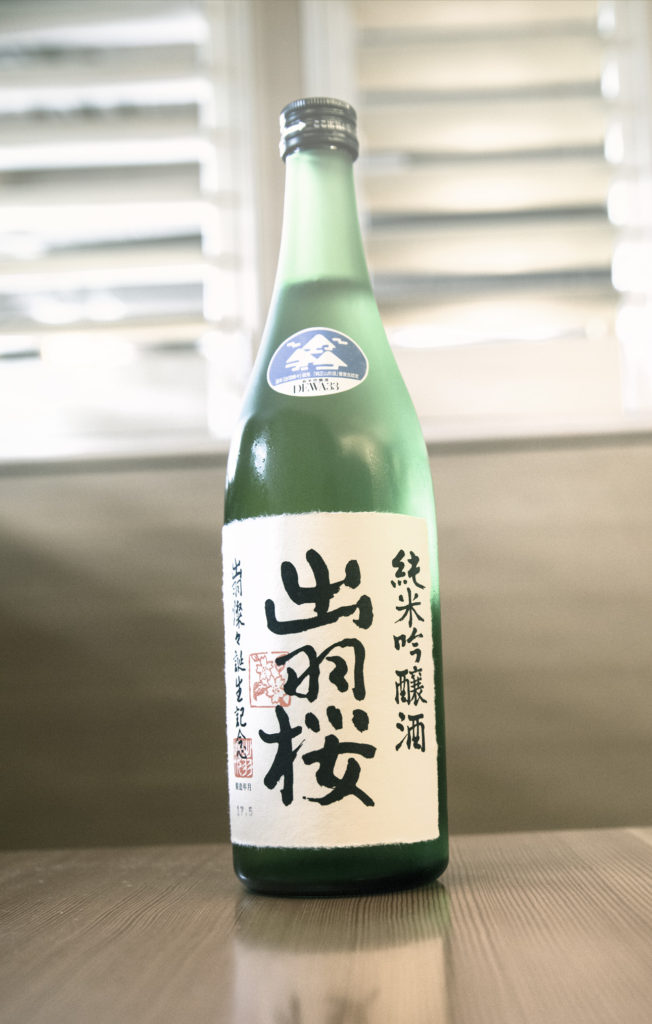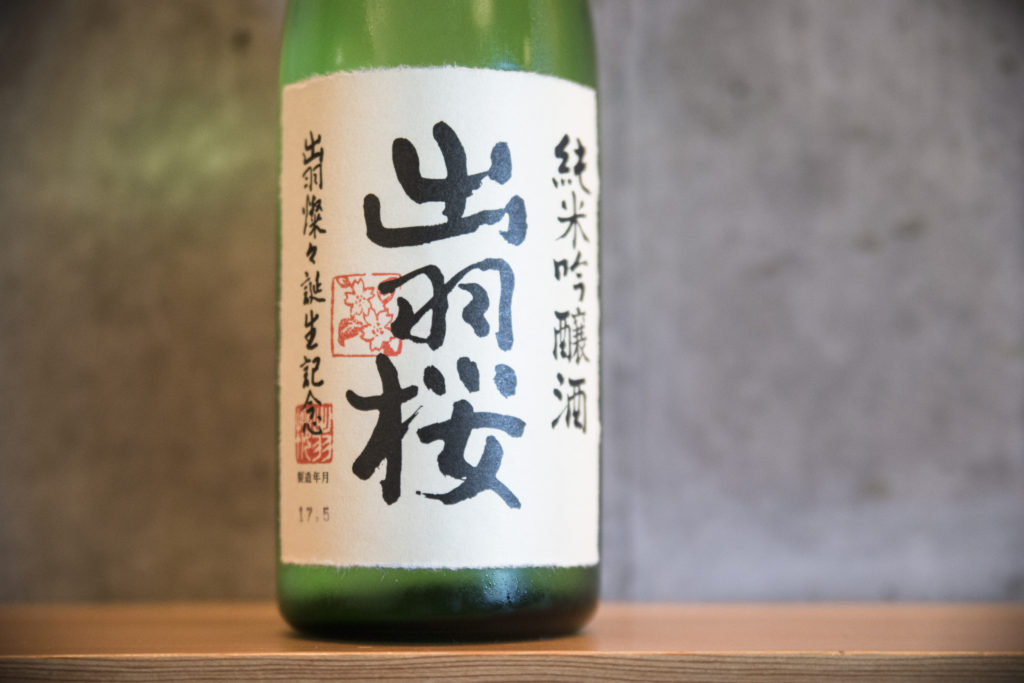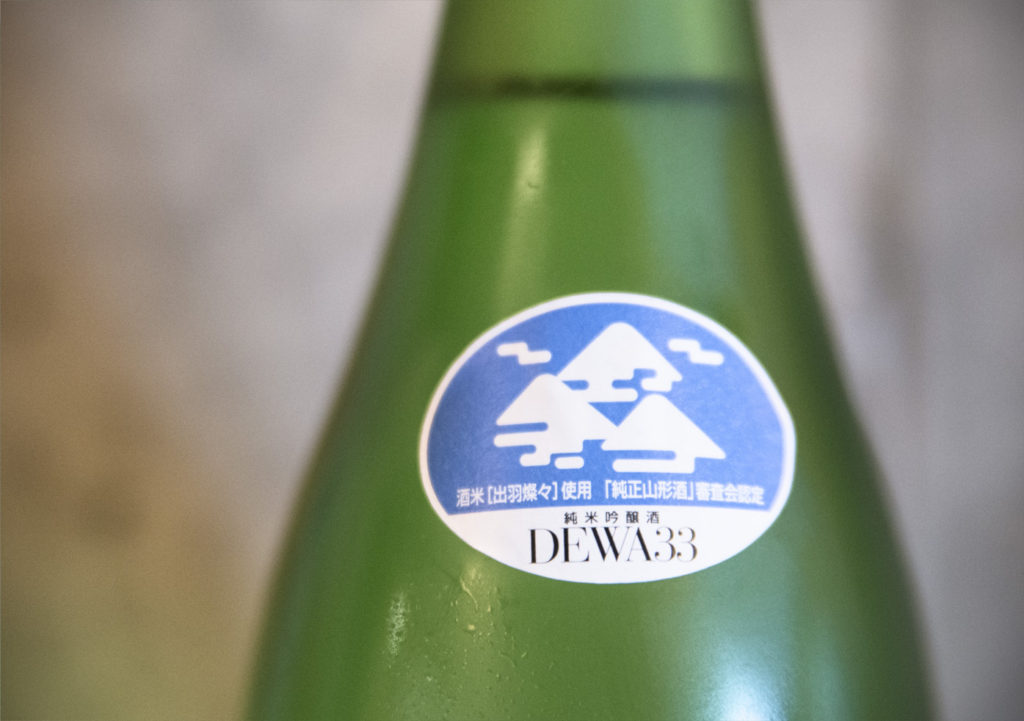Dewazakura Dewasansan Junmai Ginjo
At a Glance: Dewazakura’s fine example of the Yamagata prefectural style. Full of malic and citrus fruit notes, with hints of wet concrete and flowers.
Dewasansan 出羽燦々 rice is a Yamagata specialty that brewers have unified around, along with local yeast and koji, in order to provide a sense of Yamagata’s terroir. Like all sake bearing the official Dewa 33 (出羽33) label, Dewazakura Dewasansan is a Junmai Ginjo. True to Dewazakura’s style, they mill a little more than the minimum requirements of 55%.

Green Ridge is not as aromatic as Dewazakura’s other ginjo-shu offerings but is still pretty. Tasting notes include green apple, citrus, and dried flowers. This sake is a touch sweet on impact but finished dry with a streak of chalky minerality.
Pairing/ Service
Kohada and clams all day. Oysters and most shellfish too. Dewazakura Dewasansan can actually handle most of the classic Junmai Ginjo fair: sashimi of all stripes, rich or delicate nigiri, maki, kama shioyaki, and chawanmushi. I prefer sake with a little zip for tempura, but this brew holds up well.
Best served chilled to slightly chilled. Delicately warming can work too– especially if the bottle has been open a week or more. As always, smaller o-choko are going to bring out the sweetish impact. If you like your sake fruity then this is probably the way to go. White wine glasses will lift the aromatics a little and are best for a drier impression and technical tasting.

Tech & Production Info
Dewazakura Dewasansan Junmai Ginjo “Green Ridge”
Rice: Dewasansan 出羽燦々 milled to 50%
Yeast: Yamagata
SMV: +4 Acid: 1.4 ABV: 15-16%
Official Tech Sheet World Sake Tech Sheet

the Dewazakura Sake Brewery
Brewery: Dewazakura Shuzo 出羽桜酒造 Location: Tendo, Yamagata EST: 1892
Official Site US importer Website: World Sake
Dewazakura Shuzo 出羽桜酒造 was founded by Seijiro Nakano in 1892, and today is one of the more innovative and well-respected breweries in Japan. The brewery itself is located within the Yamagata Basin and surrounded by mountains. The local economy is driven in part by agriculture, including rice. And there’s also plenty of precipitation in the form of summer and fall rain and early winter heavy snows. This leads to an abundance of quality water usable for brewing.
a good video from Sake Fan World
Dewazakura Sake Label Translation
Dewazakura 出羽桜 Dewazakura Shuzo 出羽桜酒造
Dewasansan 出羽燦々 Yamagata 山形
Junmai Ginjo 純米吟
Follow the Japanese Bar on Social Media
Connect with our latest posts, the newest Japanese beverage info, and get exclusive promotional offers. Level-up your sake IQ!
